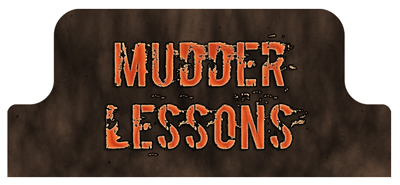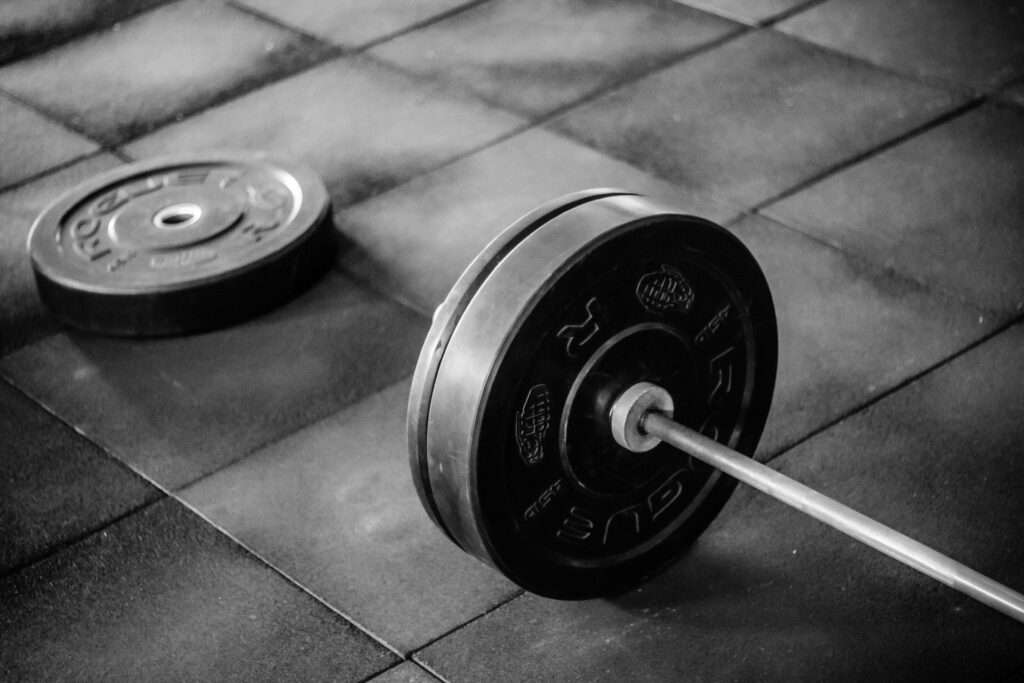I’m the type of person that likes to know what I’m getting myself into. If I’m curious about something, I research.
I knew when I first found out about Tough Mudder, that I would not be prepared to do it in 2012, which is why I waited for it to return in 2013. But I had my training in place. I knew what I was going to do, and how that was going to help me. And oh boy did.
So here is my advice. You can take it or leave it. Do what works for you, only you know that. What worked for me may not work for you.
Preparation
So you are thinking about doing a Tough Mudder. Yay for you. Tough Mudder is a lot of fun, but it is hard work. If you are thinking of entering an event prepare yourself beforehand. Do your research. For me, that meant dissecting the entire Tough Mudder website. So look at all the videos/photo’s of past events, even if it those are in another state or country, it will give you an idea of what to expect from the obstacles. Read blogs/forum posts of people who have done it in the past. As everyone’s experience is going to be different, you will get someone else’s perspective.
And if you have any doubts at all. DON’T DO IT. Only you know what you are capable of.
Training
The official Tough Mudder Australia Website had a training plan. You can download it here. But keep reading on and you will find my advice too.
Beginners – Muddettes
Out of shape? Well, you will need to allow yourself a minimum 20-week training plan. Yes 20 weeks, I kid you not! You will need to build up your cardiovascular fitness, your strength, endurance, and flexibility.
Intermediates – Mudders
So you’ve been exercising for a while now and want to step it up, then give yourself a training plan of at least 10-12 weeks. You will need to work on endurance, strength, speed and agility, and flexibility.
Advance – Tough Mudders
If you have completed a Tough Mudder in the past, or in the defense force, or as a personal trainer, you know what to expect already. I can now officially say I have completed a Tough Mudder, but I’m not in the defense force or a personal trainer. Either way gives yourself at least a 1 month / 30-day training plan and works on strength, speed, and agility & flexibility.
Running
Not a runner?
While you don’t have to run between each obstacle. You will be out on the course a lot longer if you decide to walk.
My recommendation is to build time on feet, to walk or run up to 2 hours or the half marathon distance.
If you are not a runner but want to be, then start with a beginner’s half marathon training plan. One that has run/walk intervals. There are many out there. Find one that suits you, as not all training plans are the same.
Hal Higdon also has fantastic training plans. You can download them here.
If you can run 5km already, then your next step will be to bridge to 10km. Then bridge from 10km to half marathon distance. This is how I did it.

Train on uneven ground. This means trail running. Tough Mudder will not have a smooth flat surface of a road or a path. You will be very lucky if your course has any of this, and if it does, consider it a treat.
So if you run on a treadmill, GET OFF, same if you are running on roads or footpaths. Sure any type of running will help build your distance endurance, but it will not help your ankles on the course, as it will be uneven. The course I ran was primarily farmers’ paddocks. Which were cow trodden and very uneven. If you were not looking directly 3 feet in front of you, your foot would go in a wholly bit and you would roll your ankle. So my advice, go with trail running, it will help you in ways you thought wouldn’t be possible.
Allow at least 3 running days a week in your training plan.
Strength Training
Ladies this means lifting weights, and no you will NOT BULK UP.
Ladies you will need to be able to do at least 1 / one pull-up. If you can not do a pull-up, then you are going to be in serious trouble with the Berlin Wall.
Make sure your training plan includes, push-ups (of any kind), pull-ups (assisted or unassisted), chin-ups (again assisted or unassisted), Turkish Get-ups, burpees, and mountain climbers. If you don’t know what any of these are, then you need to look them up and start including them in your training plan.
If you are unsure of what strength training plan to follow, I recommend P90x, Chalean Extreme, Insanity (body weight), or The Asylum. There is also plenty of free stuff online, try Nerd Fitness, BodyRock TV or Blogilates.
Allow at least 3 strength training sessions in a week in your training plan.
Cross-Training
I run 3 days a week because that’s all that my schedule allows for (I would run more if I could). So the days I don’t run, I cross-train. Now on your cross-training days, you could do swimming, ride the bike or elliptical, or do aerobics. Whatever works for you.
Personally, I love the Beachbody programs, so I usually do a hybrid of those with running, because that works for me.
But in your cross-training sessions, include HIIT workouts (High-Intensity Interval Training). It will help build up your cardiovascular fitness but will also build up your endurance. It will make your other workouts so much easier too.
Mobility
This means Yoga or Stretching. Now I know some of you will properly think, about why and how will this help.
Mobility is a functional movement of your body.
Adding a yoga/stretching routine to your workout plan will help you in many ways. It will help you with your strength training, especially your upper body. It will improve your core strength. If you suffer from back pain, then improving your core strength will help reduce the back pain.
Yoga will also improve your balance, your coordination, and your concentration, and you will need these in an event like Tough Mudder.
Have a daily yoga routine. Even if it’s only 10-15 mins. Keep the short yoga routines as your cooldowns after your intense workouts. But also allow 1 day a week for a 40 to 90 min yoga routine. Your body will truly thank you.
Game Day
Hydrate upon waking up. Once hydrated, hydrate some more. Doesn’t matter if it’s hot or cold, keep your fluids up. Even if that means continuously going to the the toilet like a pregnant woman. Include at least 1 electrolyte drink in your hydration.
Not too sure what to wear, check out this post here.
Pack your id, with you’re death waiver. It won’t hurt to take a spare death waiver for a friend, cause you know someone will forget it.
Game Day Bag
- ID
- Death waiver
- Towel
- Soap
- Food/snacks
- phone/camera
- Drink
- Change of clothes
- Money (to buy food, drinks, merchandise)
Get there early. Meaning at least 2 hours before your start wave.
Have a protein snack, at least 15 minutes before your event.
Carry energy gels with you. Sure there will be bananas at some of the ‘fuel’ stations, but you may need a pick me up prior to getting there.
After you have finished the event, you will be hungry, and thirsty. Hydrate with water, and with an electrolyte drink. Rest and do a stretch!
Recovery
This means immediately after the event and the days that follow.
Yes, you will be exhausted. So after you have rested, gotten some fuel into you and rehydrated yourself, and possibly even had a shower, it’s time to do a stretch. Even if it’s only 5 minutes worth of stretching your body will thank you.
Depending on where you’re event is head to the water. My Tough Mudder event was at Phillip Island. So getting into the ocean will improve your recovery time. Yes, the water will be cold, but believe me, your muscles will thank you.
On the days that follow do some yoga, and light exercise. Like walking, or riding a leisure bike ride. Take it easy though, don’t overdo it.
So that is my advice to you. Good luck to you and see you at Tough Mudder 2014.


